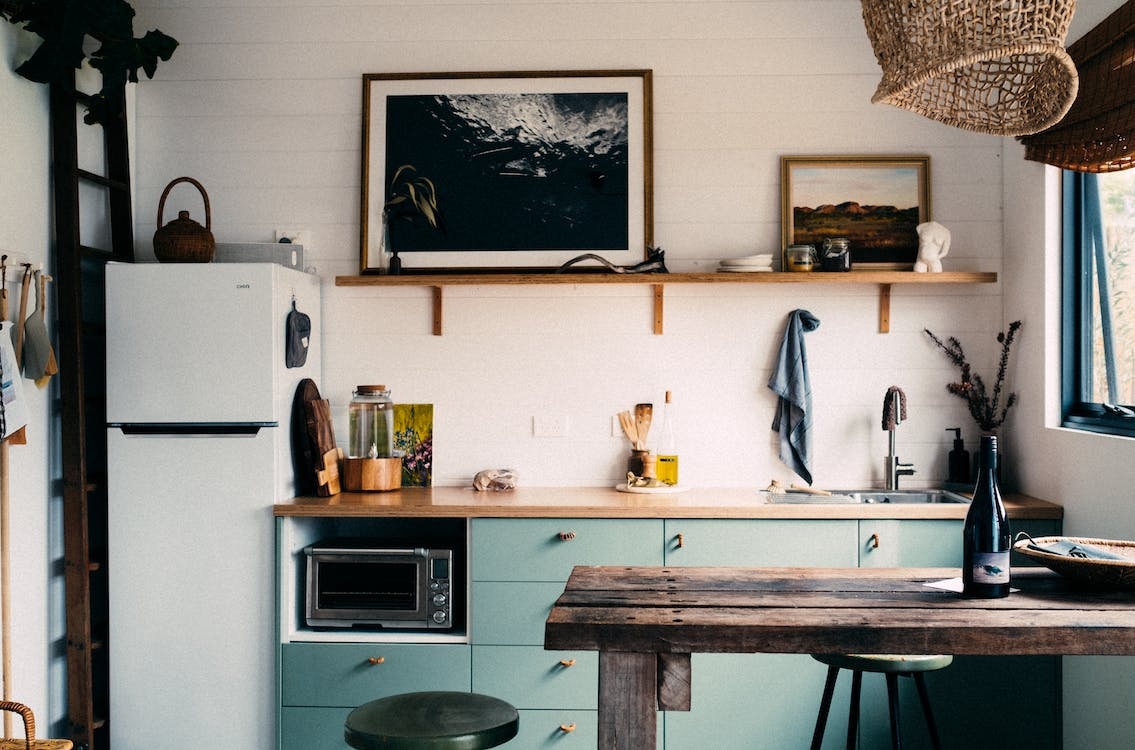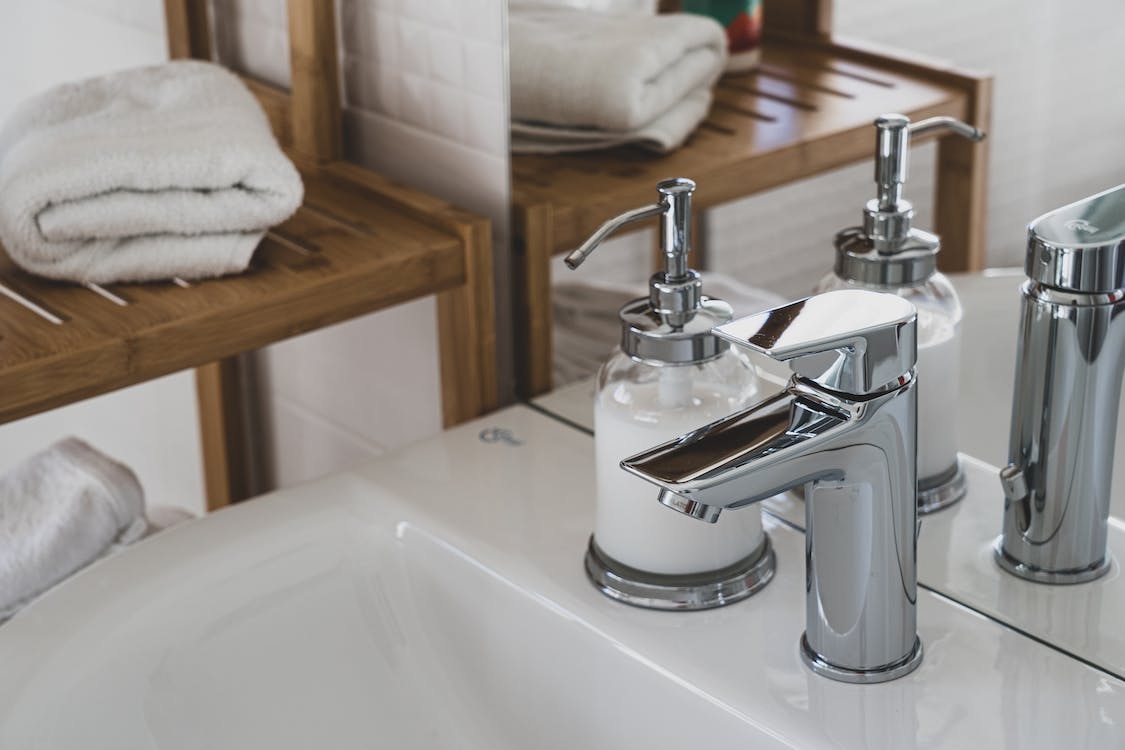- Blogs
- 7 Choices to Make for a More Sustainable and Eco-Friendly Filipino Home Living
7 Choices to Make for a More Sustainable and Eco-Friendly Filipino Home Living

Thanks to its geography, the Philippines is now considered to be at especially high risk from the effects of climate change. What’s more, the country is also struggling with some of the more direct effects of pollution, thanks to its increasing industrialization and growing consumer demand for products and services. With these threats now presenting serious challenges to our ways of life, there's an increasing need for Filipinos to engage in sustainable and eco-friendly living. If you're looking to make your home a part of the solution, we have seven suggestions to get you started:
1. Buy Secondhand
Every time we choose to buy something new or something we don’t need, there is a very real cost to the environment. Every purchase creates multiple impacts through their manufacturing and distribution processes, making modern consumption habits inextricably linked to climate change. Living room furniture and appliances, due to their large sizes and complex manufacturing and logistics, can be problematic due to their sheer output of greenhouses and other pollutants.
While we cannot necessarily get rid of harmful consumption habits overnight, we can do our part to reduce them. Buying second hand furniture and appliances is especially desirable as it removes the need to add a large amount of additional pollutants into the environment, as the need to manufacture new items is done away with. What’s more, buying secondhand can save you a serious amount of money. To find the best deals on secondhand items, you can check out thrift stores, garage sales, or online marketplaces like LookingFour.
2. Buy Local
If you’re familiar with local online marketplaces like LookingFour, you’re doubtlessly familiar with other international sites that let you source items from all over the world. But as convenient as these services are, international transhipments can be quite costly in terms of carbon footprint.
Indeed, logistics and supply chains are a major contributor to the world’s greenhouse gas emissions, with transportation collectively contributing to 16.2% of the total, as of 2021. Whenever you import goods or buy things far from home, you are probably increasing the amount of greenhouse gases emitted into the atmosphere.
Buying local products closer to home not only reduces the environmental impact of logistics but also helps support other Filipinos. By choosing locally made furniture, home decor, appliances, and other home items, you are not only reducing your impact on the climate but you’re helping strengthen the local economy as well.
3. Choose Energy-Efficient Appliances

Appliances like refrigerators, water heaters, and air conditioners can consume copious amounts of energy. However, for many Filipinos, going without these modern conveniences simply isn’t practical. Thankfully, more energy-efficient versions of different appliances are being made every year. If you have a refrigerator or air-conditioner that’s over 12 years old, consider looking into replacing them with a more energy-efficient model. Chances are, you’ll not only save money on your energy bills, but you’ll be able to reduce your carbon footprint as well.
4. Install Solar Panels
If you have the cash to spare and you live in a suitably sunny part of the Philippines, installing solar panels can help you reduce your reliance on the main electrical grid. If your local grid still burns fossil fuels to generate energy, making the switch to solar can substantially reduce your home’s carbon footprint as well as its immediate environmental impact.
5. Reduce Water Usage

Water scarcity is now a growing issue in the Philippines, thanks to a combination of overpopulation, climate change, and pollution. The most straightforward way to combat these issues is to reduce the amount of water we waste on a day-to-day basis. By fixing leaks in our homes, using water-saving toilets and showers, and taking a more deliberate attitude to our water use, we can reduce the impact our homes have on the country’s dwindling water reserves.
6. Use Natural Cleaning Products
Many popular cleaning products contain harmful chemicals that can pollute the ground and local water supplies, impacting both our health and surrounding ecosystems. Fortunately, there’s no shortage of less-harmful but still-effective cleaning products. The next time your kitchen or bathroom needs cleaning up, try scrubbing surfaces with lemon juice or vinegar. You can also try varying proportions of baking soda and water for a variety of cleaning jobs around your home.
7. Buy Durable Furniture
We should all aim to reduce the amount of stuff we buy, particularly big-ticket items like furniture. If buying secondhand is not an option, consider increasing your budget so you can buy pieces made with quality materials and craftsmanship. Even if it does seem more expensive, durable living room furniture will usually cost less per use, as good pieces can last decades, if not lifetimes. By contrast, cheaply made furniture may need to be replaced soon after, making it the overall poorer choice for your bank account and for the environment.
By being conscious of the environmental impacts of our various possessions, we can begin to make choices that eliminate or reduce our impact on the planet. If enough Filipinos make a habit of consuming responsibly, we can not only create a better way of life, but we can also do our part to fight the ongoing climate crisis as well.
Related Posts

4 Things to Take into Consideration When Furnishing Your Living Room
The living room, or sala, is one of the most popular rooms in any Filipino home. More than a place for the family to rest and relax in, the living room serves as a venue for different important family gatherings and activities, like birthday parties and family reunions. Needless to say, it's an area where families typically receive and entertain guests and bond with friends.

5 Things to Remember When Selling Your Old Stuff Online
If you play your cards right, it can be extremely rewarding to sell secondhand items online. Doing so will give you the opportunity to declutter your home and get rid of items you no longer need, as well as earn some extra money on the side.

6 Online Buying Etiquette Rules to Follow
Filipino consumers enjoy shopping online for many reasons. For one thing, it's often more convenient than in-person shopping because one can shop wherever and whenever one likes. For another, buying online offers plenty of unique options and affordable deals that translate to saving money.

7 Tips for Families Moving Out of an Old Home and Into a New One
Moving out of your family's old home into a new one is a big milestone that can evoke a lot of emotions. On one hand, you might feel a deep sense of attachment to the home where your family lived for a long time.

3 Things to Do with Old Stuff You No Longer Need
These days, just about everything you can buy seems much more expensive than it ever was in years past, and most consumers will always be on the lookout for ways to save a little extra on their purchases when possible.

5 Common Reasons Families Replace Their Home Furniture
It's not unusual to part with certain belongings every now and then. That being said, getting rid of pieces of furniture that have been in your family or that you've grown accustomed to using can be a tough decision. This is especially true if the item has a lot of sentimental value or if you're not wholly convinced that you must let the piece go.

7 Items to Consider Buying Pre-Owned
These days, just about everything you can buy seems much more expensive than it ever was in years past, and most consumers will always be on the lookout for ways to save a little extra on their purchases when possible.

9 Online Selling Etiquette Rules to Follow
These days, just about everything you can buy seems much more expensive than it ever was in years past, and most consumers will always be on the lookout for ways to save a little extra on their purchases when possible.

4 Benefits of Buying Secondhand Furniture
Without a doubt, buying brand-new furniture can greatly improve your home's interior design. However, it's an option not every homeowner has. If you're working with a tight budget, you might not have enough cash to cover the cost of a brand-new furniture set.

5 Ingenious Ways to Recycle Your Old Furniture
When we talk about recycling, we usually think about elementary-school art projects with plastic bottles or those savvy "life hacks" for sustainable home decor. What some people may not be aware of is that furniture can be recycled too—that it's possible to breathe new life into old tables, chairs, couches, beds, and whatever furniture that's been around for years.